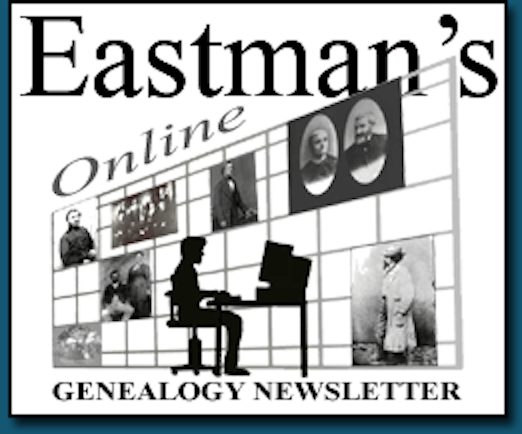 Findmypast release brand new Irish burial records, plus free photographs exploring Ireland’s past
Findmypast release brand new Irish burial records, plus free photographs exploring Ireland’s past
Waterford Burials
This brand-new collection of 17,000 records covers Waterford County in Ireland, 1850-1950, with both transcripts and original images. Exclusive to Findmypast, you could discover an ancestor’s death date, and perhaps their occupation, marital status or residence.
Views of Ireland
This free photographic collection includes 117 colourized photos and images of Ireland’s past, between 1800 and 1900.
Newspapers
Five new Irish titles, eight new British titles, and a total of over 300,000 pages have been added to Findmypast’s newspaper collection this week.
New titles:
· Accrington Observer and Times, 1897, 1988
· Boston Target, 1992
· Cheshunt and Waltham Mercury, 1990
· Dungannon News, 1893-1906
· Football Gazette (South Shields), 1906-1915, 1919-1939, 1946-1959
· Frontier Sentinel, 1904-1960
· Ireland’s Saturday Night, 1874, 1895-1922, 1924-1929, 1931-2008
· Leitrim Journal, 1850-1872
· Limerick Gazette, 1804-1820
· Middlesbrough Herald & Post, 1988
· Sports Gazette (Middlesbrough), 1931
· Stockport County Express, 1912
· Wokingham Times, 1989-1990
Updated titles:
· Abergele & Pensarn Visitor, 1987
· Acton Gazette, 1982
· Airdrie & Coatbridge Advertiser, 1984-1985, 1988
· Birmingham Mail, 1990-1991
· Blairgowrie Advertiser, 1987
· Bracknell Times, 1991
· Bridge of Allan Gazette, 1885-1886
· Burton Daily Mail, 1988-1989, 1992
· Caernarvon & Denbigh Herald, 1831, 1837
· Cambridge Daily News, 1988
· Cambridge Independent Press, 1950
· Cambridge Town Crier, 1987
· Carmarthen Journal, 1992
· Central Somerset Gazette, 1990
· Cheshunt and Waltham Mercury, 1990
· Coleshill Chronicle, 1987
· Croydon Times, 1888
· Derby Express, 1992
· Dorking and Leatherhead Advertiser, 1987
· Dublin Weekly News, 1861
· Dumfries and Galloway Standard, 1987
· Ellesmere Port Pioneer, 1991
· Express and Echo, 1889
· Haverhill Echo, 1988-1989
· Herald Cymraeg, 1932-1934, 1936
· Hertford Mercury and Reformer, 1990
· Herts and Essex Observer, 1990-1991
· Hoddesdon and Broxbourne Mercury, 1990-1991
· Huddersfield Daily Examiner, 1989
· Kent & Sussex Courier, 1987, 1992
· Limerick Reporter, 1890, 1892-1894
· Liverpool Evening Express, 1929, 1952-1955
· Liverpool Journal of Commerce, 1873, 1898
· Lurgan Times, 1886
· Manchester Courier and Lancashire General Advertiser, 1873
· Marylebone Mercury, 1991
· North Star (Darlington), 1888-1896, 1901-1910, 1913-1914, 1917-1918, 1921-1922
· Nottingham Evening Post, 1990
· Oldham Advertiser, 1987
· Paisley Daily Express, 1881, 1990, 1992
· Retford, Gainsborough & Worksop Times, 1889, 1991
· Richmond Informer, 1991
· Rutherglen Reformer and Cambuslang Journal, 1880-1881, 1883-1884
· Southall Gazette, 1991-1992
· Spalding Guardian, 1986-1988
· Stirling Observer, 1992
· Suffolk and Essex Free Press, 1988-1989
· Uxbridge Leader, 1987
· West Surrey Times, 1889
 Latest News Articles
Latest News Articles Do you have an RSS newsreader? You may prefer to use this newsletter's RSS feed at:
Do you have an RSS newsreader? You may prefer to use this newsletter's RSS feed at: